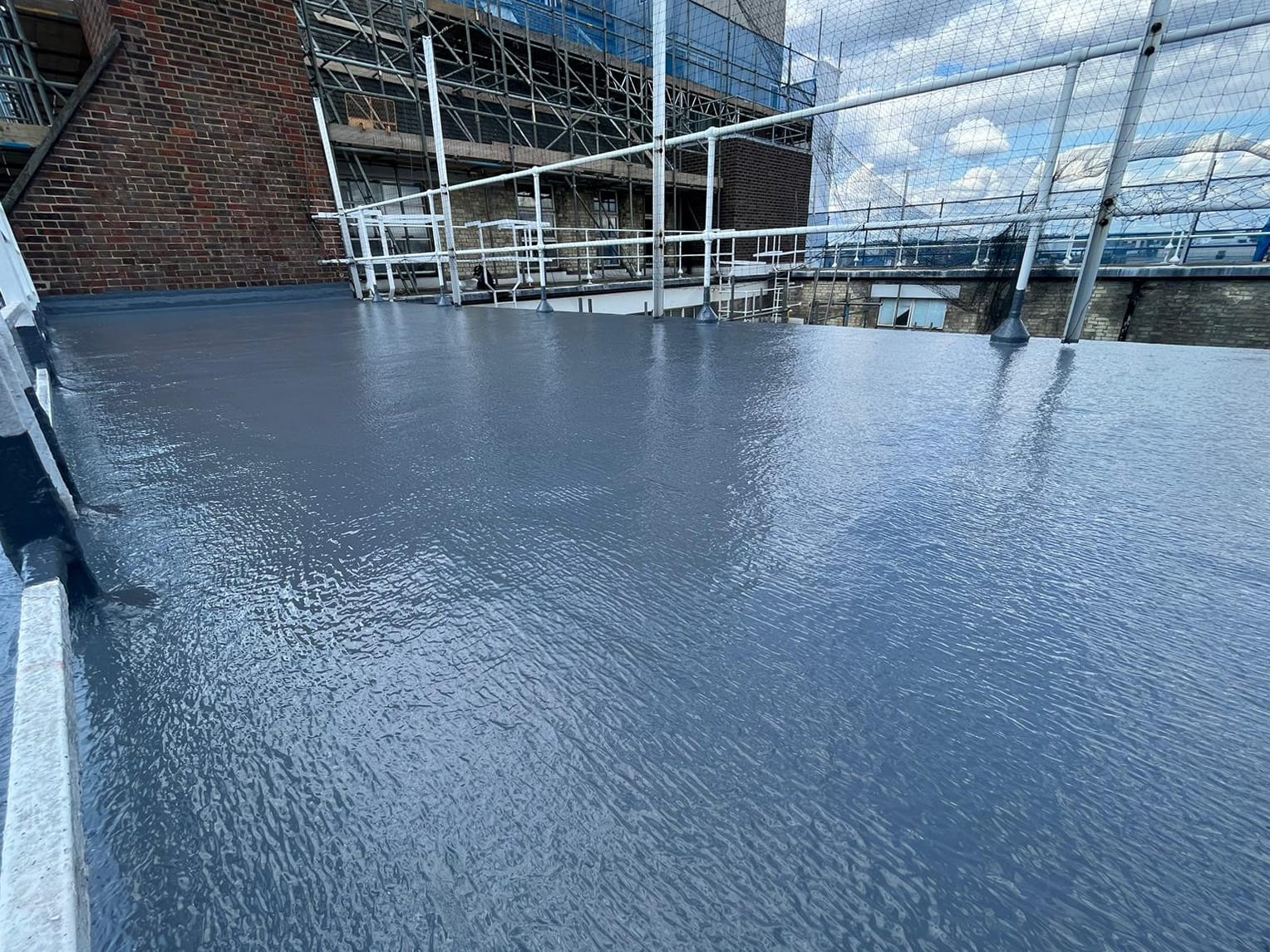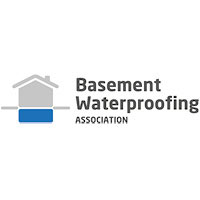Timber Treatment
Fungal Spraying
Cemplas follows a strict environmentally-responsible approach to fungal treatment that is centred on detailed surveys. The Cemplas approach is more professional, more sympathetic to fabric of building and more effective because it is controlled by the survey.
The company does not advocate wholesale spraying but promotes targeted treatment. By concentrating the effort where it is needed, Cemplas reduces overheads and costs, minimises the exposure of inhabitants to toxic chemicals and reduces the impact of its work on the environment. The treatments are effective and backed by a guarantee.
It is important to identify whether timber decay has been caused by dry rot or another wood-destroying fungus such as one of the wet rots.
However, it is not always possible or practical to be sure that the timbers will remain dry in the long term. Therefore, it is important that secondary measures are taken to defend against re-infection. Any affected timbers should be removed and replaced with pre-treated timber. Any remaining timbers at risk of being affected by the dry rot should be treated with an effective fungicide. Where the dry rot has passed through the masonry, it should be isolated using physical containment and/or masonry sterilisation.
Dry Rot
Timber can become damp for a number of reasons. Among the most common causes are leaking washing machines, shower trays, baths, condensation etc… The dampness can also come from outside the building, for example, leaking roofs, rising dampness, or dampness penetrating through walls. Whatever, the source of the dampness, if it is rectified and the timber allowed to properly dry out, the dry rot will eventually be controlled.
Woodworm
Woodworm holes found in timber are caused by the larvae of beetles that feed on the timber. Larger holes on the surface of the timber are formed when the adult beetle emerges from the timber to mate. There are a number of species of woodworm, and the precise method of treatment will depend on which species is attacking the timber.



















